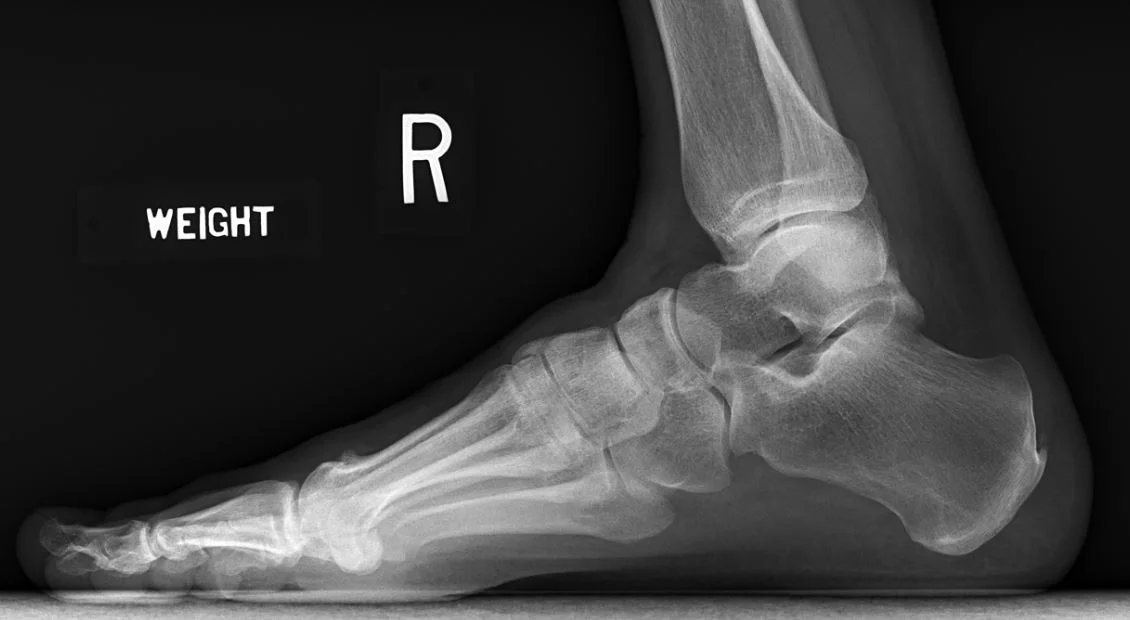Understanding Chikungunya Virus Associated Arthritis
While the Zika Virus outbreak has been declared an international emergency by The World Health Organization a different mosquito-borne virus made headlines in 2015; Chikungunya. The Chikungunya epidemic has been waning, but the sequelae may be with us for years in the form of a chronic arthritis. The virus is transmitted from mosquitoes and has been reported in 45 countries. Within the U.S. 44 states have reported cases, all of which were acquired from travelling outside of the country. In 2015 the states with the most cases were California (176), Florida (70) and New York (69). To understand the clinical symptoms of the viral syndrome we only have to understand the name, which translates from the African Makonde language as "bent over in pain."
Within three days of acquisition the unfortunate recipient of the virus will experience fever greater than 102.2F followed by intense muscle aches, both lasting about one week. During this period most people will also have a rash over their chest and it can spread to the face, arms, legs, palms and soles. During this time period joint pain sets in and lasts anywhere from weeks to months. The joint pain tends to be symmetric, in upper and lower extremities, and consistently involves the large joints (knees, hips, shoulders). The joints can swell and there can be pain where the ligaments insert, also called entheses.
Rheumatologists often get involved in caring for these patients when the arthritis lingers beyond the initial insult of fevers and muscle aches. The distribution of joint involvement can mimic that of rheumatoid arthritis, making the diagnosis of Chikungunya Virus associated arthritis tricky. Treatment involves use of anti-inflammatory medications while the symptoms are present and in some cases may require immunosuppressive therapy.
As there is no vaccine or treatment for Chikungunya, prevention is the best medicine. This means avoid being bitten by mosquitoes in the first place. To protect yourself from acquiring this virus while travelling, use an insect repellent with DEET, Picaridin, oil of lemon eucalyptus or para-methane-diol. Consider packing it with you if you are unsure of the supply in the region to where you are travelling. Wear long sleeves, long pants, and hats. Consider spraying clothing with mosquito repellent as thin clothing may not prevent bites. Mosquito nets over the bed can prevent being bitten while sleeping.
The CDC website has information about specific destinations and can offer recommendations tailored to meet your needs. If vaccinations are suggested prior to travel, an infectious disease physician specializing in travel medicine can best counsel on their necessity. Fair warning, some insurance companies will not cover the office visit or pay for travel related immunizations. Ask about pricing before making a decision to be seen if the cost will potentially be prohibitive. I should mention that all pregnant and potentially pregnant women have been advised to avoid areas with outbreaks of Zika Virus entirely.
Happy travels and don't let the mosquitoes bite!





